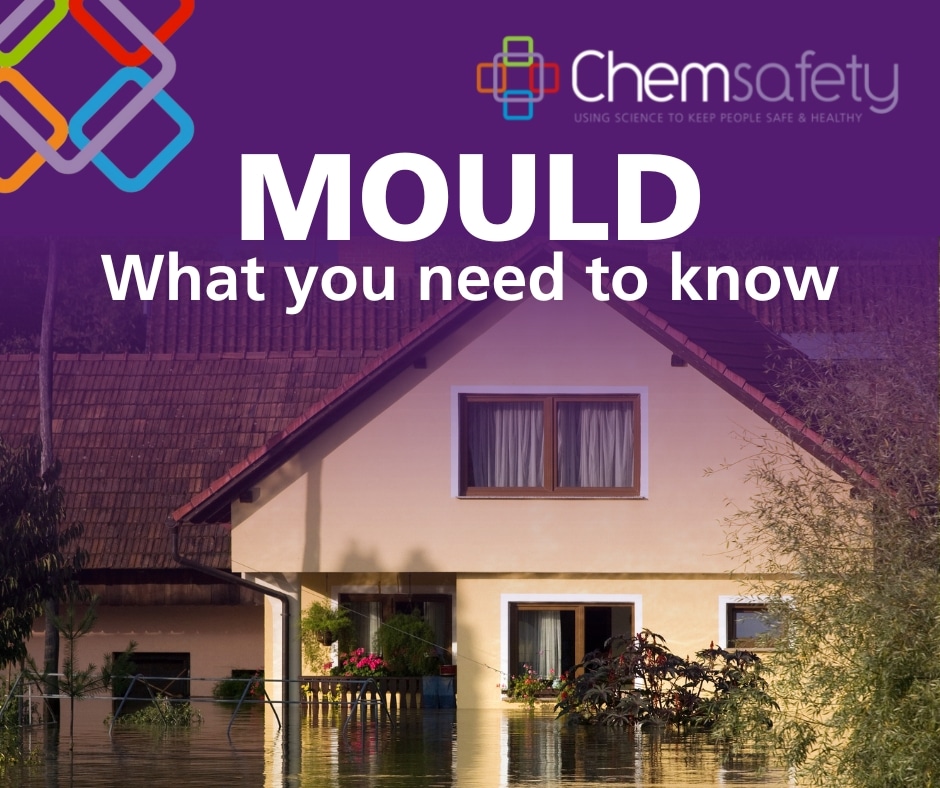Due to the recent devastation caused by Cyclone Gabrielle in New Zealand, this is a timely reminder of the hazards that mould can cause in water-damaged properties.
Mould refers to various types of fungi that grow on organic material that contain a lot of moisture. This can include many materials found in dwellings such as wood products, wallpaper, carpet and insulation. These materials, which have been affected by flooding, are particularly susceptible to mould growth.
Mould can be identified through discoloration of surfaces and/or a musty, unpleasant odour. Airborne mould spores are released from these growths which can cause adverse health effects if inhaled. Mould-related health problems can include sneezing, coughing, respiratory infections and nasal congestion. People with pre-existing conditions such as severe allergies, asthma or weakened immune systems can be affected significantly more by mould exposure.
If you find mould in your water-damaged property, firstly, protect yourself by wearing protective equipment including gloves and a P2 respirator. Ensure all areas with mould growth are identified, and discard replaceable materials which have been affected (carpet, plasterboard, insulation, etc.). Mould affected areas should be well ventilated so they can dry. This would include opening all windows and doors, and using fans/air conditioning if possible. Smaller mould growths can be treated with antimicrobial solutions to eliminate spores and stains. If you are concerned about mould in your property, get an Occupational Hygienist to undertake mould testing to determine the right course of action.
Some handy tips on what to do can be found on the Queensland Health website (ignore references to Australian specific services). Also, WorkSafe NZ have put out an information sheet on Keeping safe during cyclone and flooding emergency and recovery.
Click below to learn about our mould and bacteria services or contact us to discuss.

